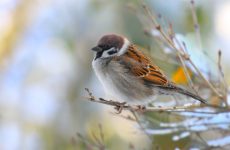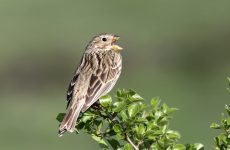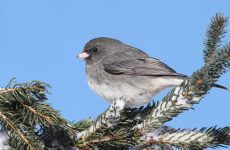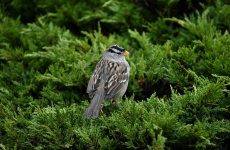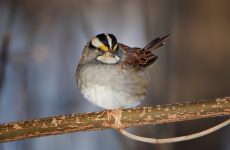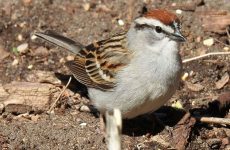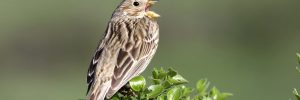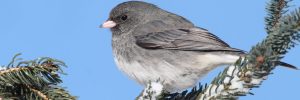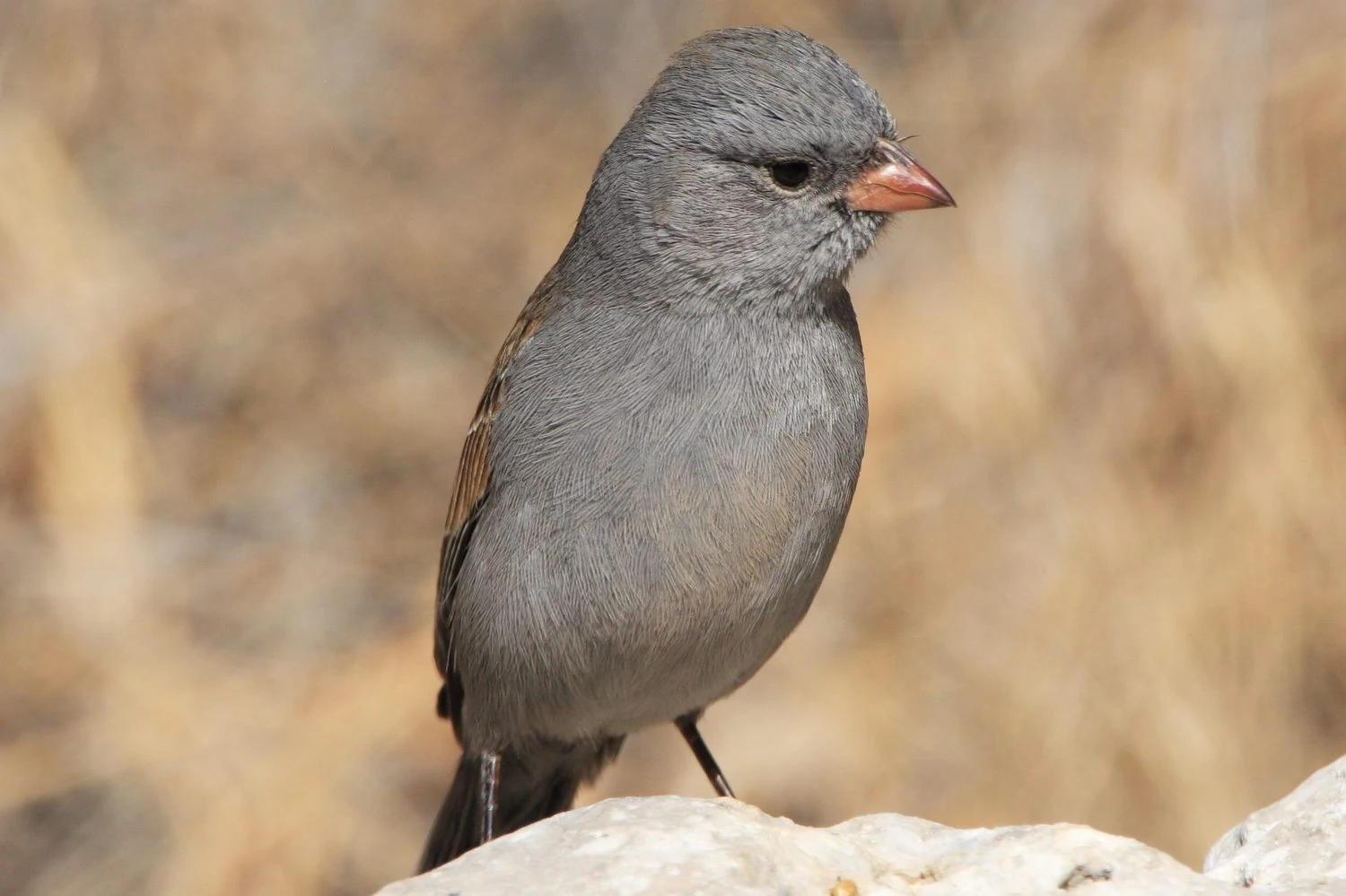
Black-chinned Sparrows are plain and mainly gray overall but with brown backs and wings. Males have a black patch on their throat, but the females and non-breeding males don’t. Their bills are pink, which contrasts with their gray heads, and makes them easier to spot.
- Spizella atrogularis
- Length: 15 cm (5.75 in)
- Weight: 11 g (0.4 oz)
- Wingspan: 23 cm (9 in)
Range
Black-chinned Sparrows breed in southwestern US states and migrate south to Mexico for winter.
Habitat And Diet
You can find Black-chinned Sparrows in arid, desert-like environments. They prefer to live in remote and rocky areas with sagebrush, pine-juniper vegetation, and other brushes and scrubs. They may move south of their breeding locations in winter, usually to lower elevations.
Black-chinned Sparrows spend much of their time foraging for seeds on the ground and under shrubs. They feed on insects during the summer and more grains and seeds during the winter. They may capture insects while flying.
Black-chinned Sparrow Song:
Nests
Nests of Black-chinned Sparrows are found near the ground and built within a dense shrub. They are made of grass, weeds, rootlets, and yucca fibers and are made soft with hair and feathers. There may be as many as five eggs per nest, and they take about a week to hatch. It takes as long as fifteen days for them to learn how to fly, and in the meantime, their parents continue to care for them until they do.
Fun Fact:
Black-chinned Sparrows are on the list of protected species by the Migratory Bird Treaty Act. Their habitat is endangered, and their nests are highly-susceptible to predation.

